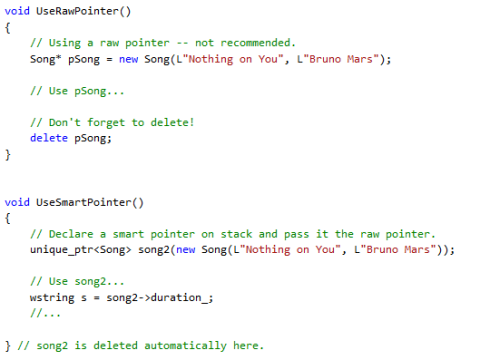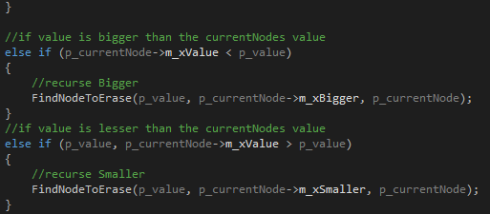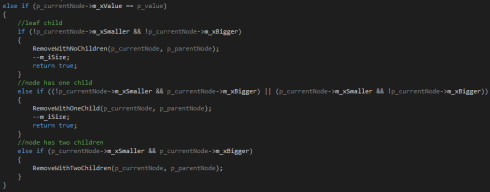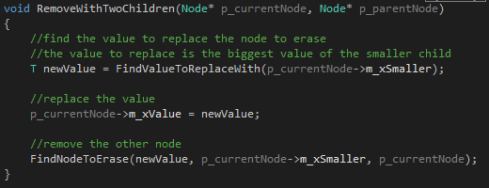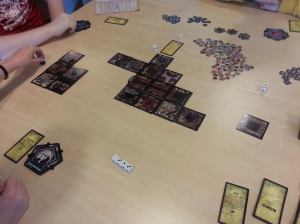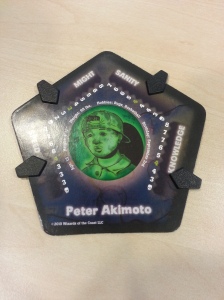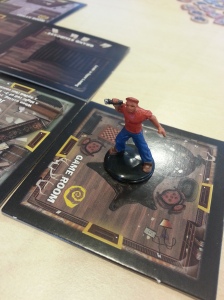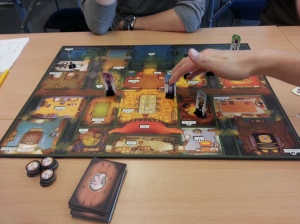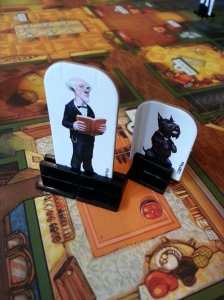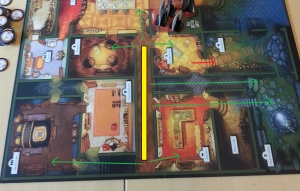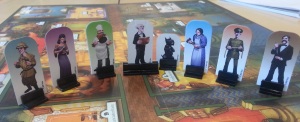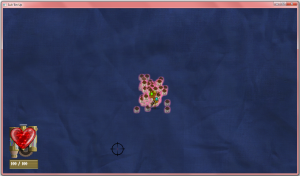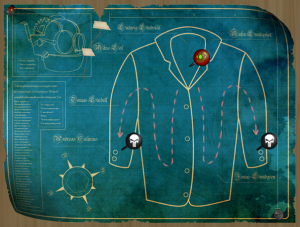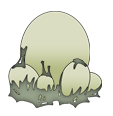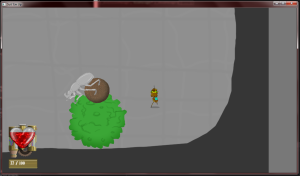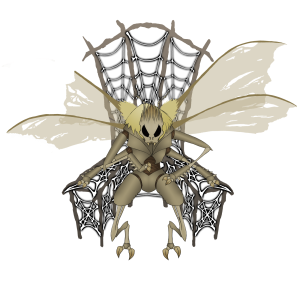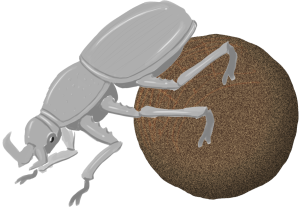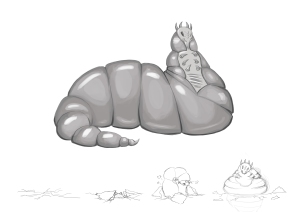Introduction
This rapport is about a group assignment by me, Malin Lundqvist, and my teammate, Simon Strandh. The assignment was to make a game using the Knytt Stories level editor and the restrictions were; the game cannot take more than 15 minutes to play and no text or signs were to be used. We had three weeks to complete the assignment.
We came up with the story of a princess who got afraid of taking the responsibility of being queen and the struggle of her confronting her fears.
The story
The story in our game is about a princess living in her protected castle where everything is happy and secure. One day her mother got sick and wanted to talk to her. Once the princess got to her mother and talked to her she died, but before dying she told the princess that it’s her responsibility to take her place on the throne. The princess got to feel sadness and responsibility for the first time, she freaked out and wanted to escape from these feelings and responsibilities so she runs away to find happiness and security again.
The world outside the castle wasn’t as safe and happy as she had believed, she quickly found herself lost in the world and didn’t know where to go. Walking around the world for a while overcoming and surviving challenges she found a house that started to making her feel secure again. She entered the house and found her teacher that helped her at the castle. He helped her to realize that running away from her feelings and responsibilities will not make you feel better, confronting them will make you stronger and wiser.
Feeling more confident than before she enters the world again and starts to tackle each obstacle by confronting her fears and feelings so she can get back up to the castle. Back in the castle she takes her rightful place on the throne and the story ends.
Method
In this assignment we had to use the Knytt Stories level editor to build our game. Me and my teammate sat down together to build the different scenes, find music and tile sets together.
Here are some explanations about some of the key scenes and how we built them to tell our story.
Key scene one, when she wants to run away
.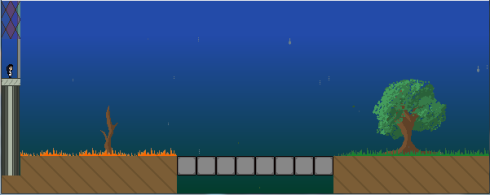
In this scene we wanted to show the player how the princess wants to find safety and happiness outside the castle, represented by the other side of the gap being green and happy looking. The grass on her side is orange and dead, the same with the tree, the contrast representing her feelings of wanting to run away and find a happier place.
The bridge between these sides represents the princess’s hope of finding this happier place. Halfway over the bridge she falls through not being able to reach the green happy side. The player can walk over the first half of the bridge, getting his or her hope up that reaching the other side is possible. When falling through the bridge that hope is crushed, you can’t make it.
Key scene two, when she has landed.
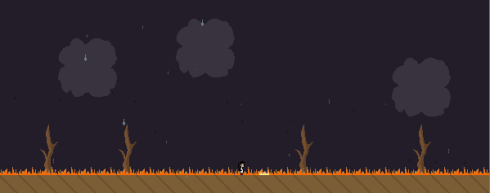
In this scene there are no obstacles, no signs showing the player where to go, representing the feeling of being lost. The player can choose which way to go, there is no correct way, and both ways leads to the same place in the end. The world is not as green and secure as the princess thought and she is now confused and lost in a dark place of the world. Here we delete the power up of running from the player, representing that she is more cautious and don’t have the same drive as before. The music changes to a more mysterious and scary tune helping the representation of a scary and unwelcoming world.
Key scene three, the somewhat safe feeling of a house.
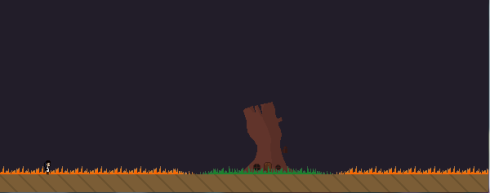
In this scene there is a house in the middle with green grass in front of it instead of the orange dead grass that has been seen so far down here. This is representing that this is a place where the princess feels a little safer than the rest of the world, telling the player that he or she should go there.
Key scene four, the helpful cat.
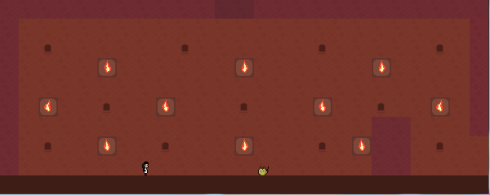
Inside the house there is the same cat as the player met back in the castle. This is because the player should feel something familiar and safe. After the cat talked to the princess he gives her two power ups; running and wall climbing. We give the running power up because the princess now feels a little more drive to get back to the castle, and the wall climbing power up to show that she now can pass obstacles she couldn’t pass before, representing that she is now confronting her fears and is now able to pick herself up. Also the music inside the house is happier.
Key scene five, back at home.
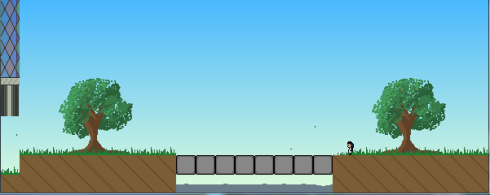
This scene is the same as key scene one, only the orange, dead side is now back to its healthy green look. There is nothing scary with the castle side of the gap, and there is now a door open at the bottom of the castle. The bridge is now whole with water under it and the princess won’t fall down. This is representing the princess coming back to the castle after confronting all her fears, ready to take on her responsibilities. The music in this scene is the same as in the absolutely first scene of the game, where the princess felt safe and happy.
Key scene six, taking responsibilities.
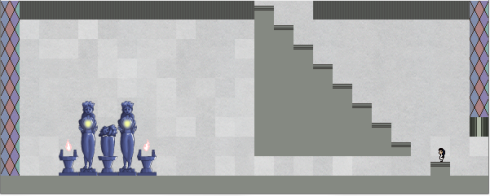
This room is now more sparkling, more appealing to the princess, representing that she wants to go to the throne, also showing the player that the throne is where to go. She is now ready to take her responsibilities seriously and the game is finished when she sits on the throne.
Analysis
What went good
We sat together all the time during this assignment, which made it easy to discuss problems and structure of the game. I think the storytelling of the game benefited of this because when one of us changed something we could quickly get feedback from the other.
We began this project with a general idea of what the story would be like. We started by drawing the basics of how we wanted the game to look like and added more details as we went along. This made it easy for us to add things as we got more and more familiar with the level editor and its restrictions.
What went bad
It took a while to learn the editor and all its restrictions. But as we learnt it, it was quite easy to use its restrictions to make a good game. The tutorial pdf was a lot of help and was used a lot during this process.
One of the restrictions in the editor that made it quite difficult to set a good setting in each scene was that only two tile sets could be used at the same time. I believe we managed to work around it and represent feelings rather well despite of this.
Summary
This assignment taught us how to tell a story without using our words. I think it went rather well and I am happy with the result.
Me and my teammate worked well together and I think we really benefited by sitting together while working with this. We also made a good choice by starting with a basic story and evolving it as we went along. Else the restrictions of the editor could have been much more restricting.
For those of you who have Knytt and want to try the game, here’s a link: https://www.dropbox.com/s/xjcica1kruig4c9/Simon%20Strandh%20Malin%20Lundqvist%20-%20Knytt%20Assignment.knytt.bin?dl=0
